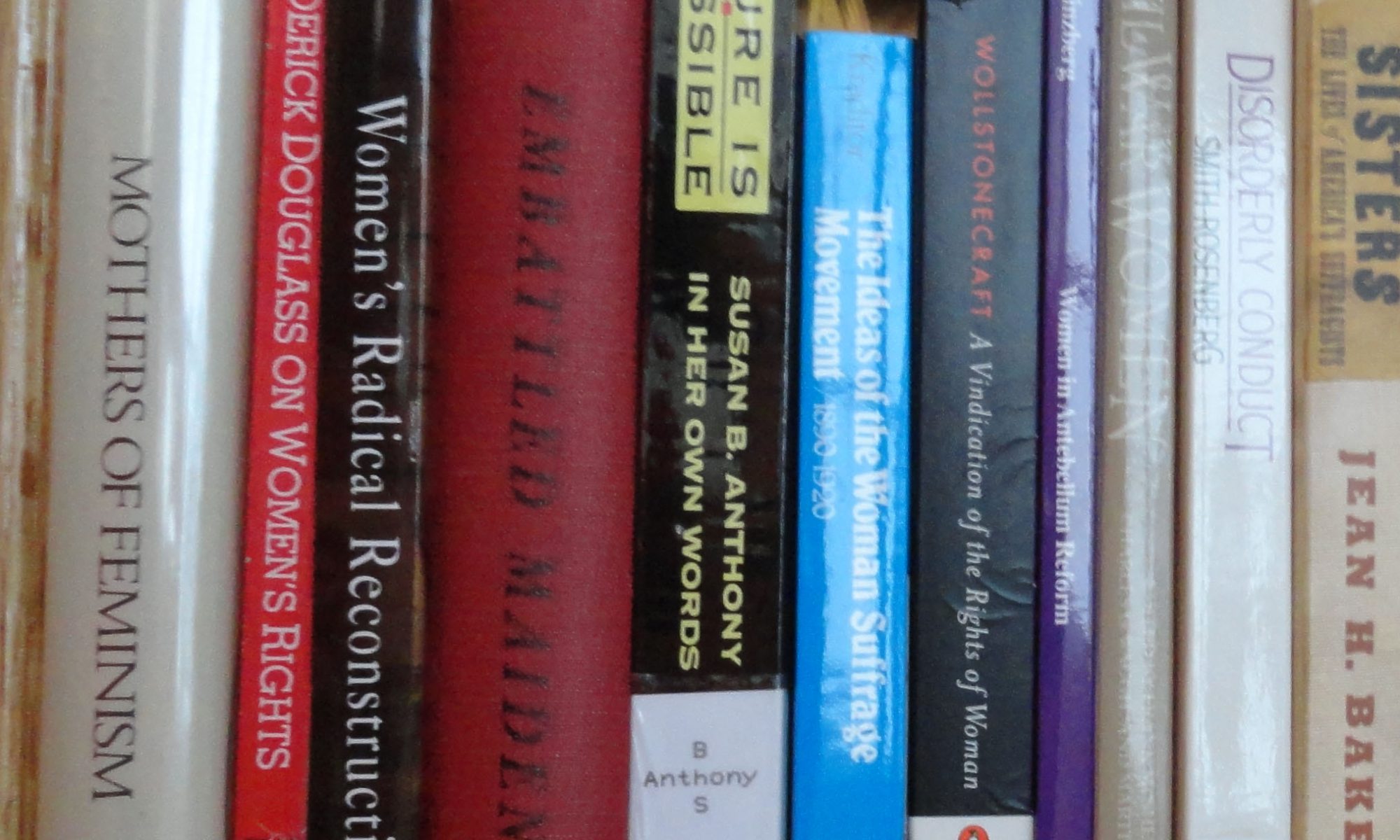When her mother died, Anna Maria Jarvis, a high school teacher, vowed to found a memorial to mothers. As an unmarried woman without children, she visualized the day, not as her mother and other early advocates had—as a day of action by women who were mothers, but rather as a day to memorialize mothers’ sacrifices. She saw it as a “holy day” on which we’d remember our “mother’s “quiet grace.” Anna Jarvis described it this way:
To revive the dormant filial love and gratitude we owe to those who gave us birth. To be a home tie for the absent. To obliterate family estrangement. To create a bond of brotherhood through the wearing of a floral badge. To make us better children by getting us closer to the hearts of our good mothers. To brighten the lives of good mothers. To have them know we appreciate them, though we do not show it as often as we ought… Mothers Day is to remind us of our duty before it is too late. This day is intended that we may make new resolutions for a more active thought to our dear mothers. By words, gifts, acts of affection, and in every way possible, give her pleasure, and make her heart glad every day, and constantly keep in memory Mothers Day.
Anna Maria Jarvis: Establishing Mother’s Day
With the support of John Wanamaker, H. J. Heinz, and other wealthy patrons, and her own tireless battle, the first official Mother’s Day was held on May 10th, 1908 in Philadelphia. In 1914 Woodrow Wilson signed the official resolution establishing the second Sunday in May as Mother’s Day.
Almost instantly, however, the day she envisioned was usurped by merchants out for profit. Card makers, candy makers, and florists saw the opportunity for the holiday to rival Thanksgiving and Christmas. By 1922, Anna Jarvis was calling for a boycott of florists who raised the price of white carnations , the flower she had chosen as a remembrance, on Mother’s Day.
To have Mothers’ Day the burdensome, wasteful, expensive gift day that Christmas and other special days have become, is not our pleasure,” she wrote. “If the American People are not willing to protect Mothers’ Day from the hordes of money schemers that would overwhelm it with their schemes, then we shall cease having a Mothers’ Day.
Anna Maria Jarvis: Mother’s Day Regrets
Over time she became obsessive over the ownership and the way the holiday became changed. Despite creating numerous public disturbances and spending all her wealth, her efforts to fight commercialization met failure on every front and resulted in her arrest on several occasions.
As a result, in 1945, she was deemed mentally incompetent and committed to Marshall Square Sanitarium in West Chester, Pennsylvania. In an ironic twist, her upkeep was paid for by people representing the greeting card and floral industries.
A New Mother’s Day
Today we celebrate the commercialized holiday Anna Jarvis founded and then fought so hard to stop and which little resembles the action-oriented mother’s clubs her mother founded. But as we look around at all the threat from climate change, nuclear armament, and unending wars, and wonder if our children will survive in the future, perhaps it is time to revive the idea of Mother’s Day Work Clubs as Anna’s mother originally intended.
What do you think? I welcome your thoughts and comments.
Sources:
Memorializing Mother’s Day: Anna Jarvis and the Struggle for Control of Mother’s Day by Katharine Lane Antollini
Mother’s Day: Why the Woman who Invented it, Regretted it.
West Virginia Women in History


One Reply to “”